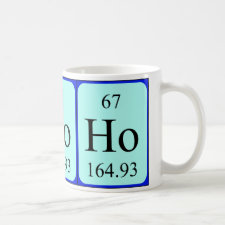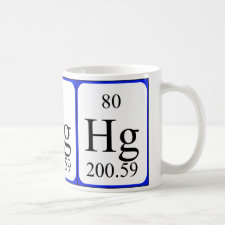
Authors: Khairi NAS, Yusof NA, Abdullah AH, Mohammad F
Article Title: Removal of Toxic Mercury from Petroleum Oil by Newly Synthesized Molecularly-Imprinted Polymer.
Publication date: 2015
Journal: International Journal of Molecular Sciences
Volume: 16
Issue: (5)
Page numbers: 10562-10577.
DOI: 10.3390/ijms160510562
Alternative URL: http://www.mdpi.com/1422-0067/16/5/10562
Abstract: In recent years, molecularly-imprinted polymers (MIPs) have attracted the attention of several researchers due to their capability for molecular recognition, easiness of preparation, stability and cost-effective production. By taking advantage of these facts, Hg(II) imprinted and non-imprinted copolymers were prepared by polymerizing mercury nitrate stock solution (or without it) with methacrylic acid (MAA), 2-hydroxyl ethyl methacrylate (HEMA), methanol and ethylene glycol dimethacrylate (EGDMA) as the monomer, co-monomer solvent (porogen) and cross-linker, respectively. Thus, the formed Hg(II) imprinted polymer was characterized by using Fourier transform infrared spectroscopy (FTIR), field emission scanning electron microscopy (FESEM), Brunauer, Emmett and Teller (BET) and thermal gravimetric analysis (TGA). The separation and preconcentration characteristics of Hg(II) imprinted polymer were investigated by solid phase extraction (SPE) procedures, and an optimal pH of 7 was investigated as ideal. The specific surface area of the Hg(II) imprinted polymer was found to be 19.45 m2/g with a size range from 100 to 140 Ám in diameter. The maximum adsorption capacity was observed to be 1.11 mg/g of Hg(II) imprinted beads with 87.54% removal of Hg(II) ions within the first 5 min. The results of the study therefore confirm that the Hg(II) imprinted polymer can be used multiple times without significantly losing its adsorption capacity.
Template and target information: mercury ion, Hg(II)
Author keywords: molecularly-imprinted polymer, cysteine complex, Mercury removal, petroleum oil, Freundlich isotherm



Join the Society for Molecular Imprinting

New items RSS feed
Sign-up for e-mail updates:
Choose between receiving an occasional newsletter or more frequent e-mail alerts.
Click here to go to the sign-up page.
Is your name elemental or peptidic? Enter your name and find out by clicking either of the buttons below!
Other products you may like:
 MIPdatabase
MIPdatabase









